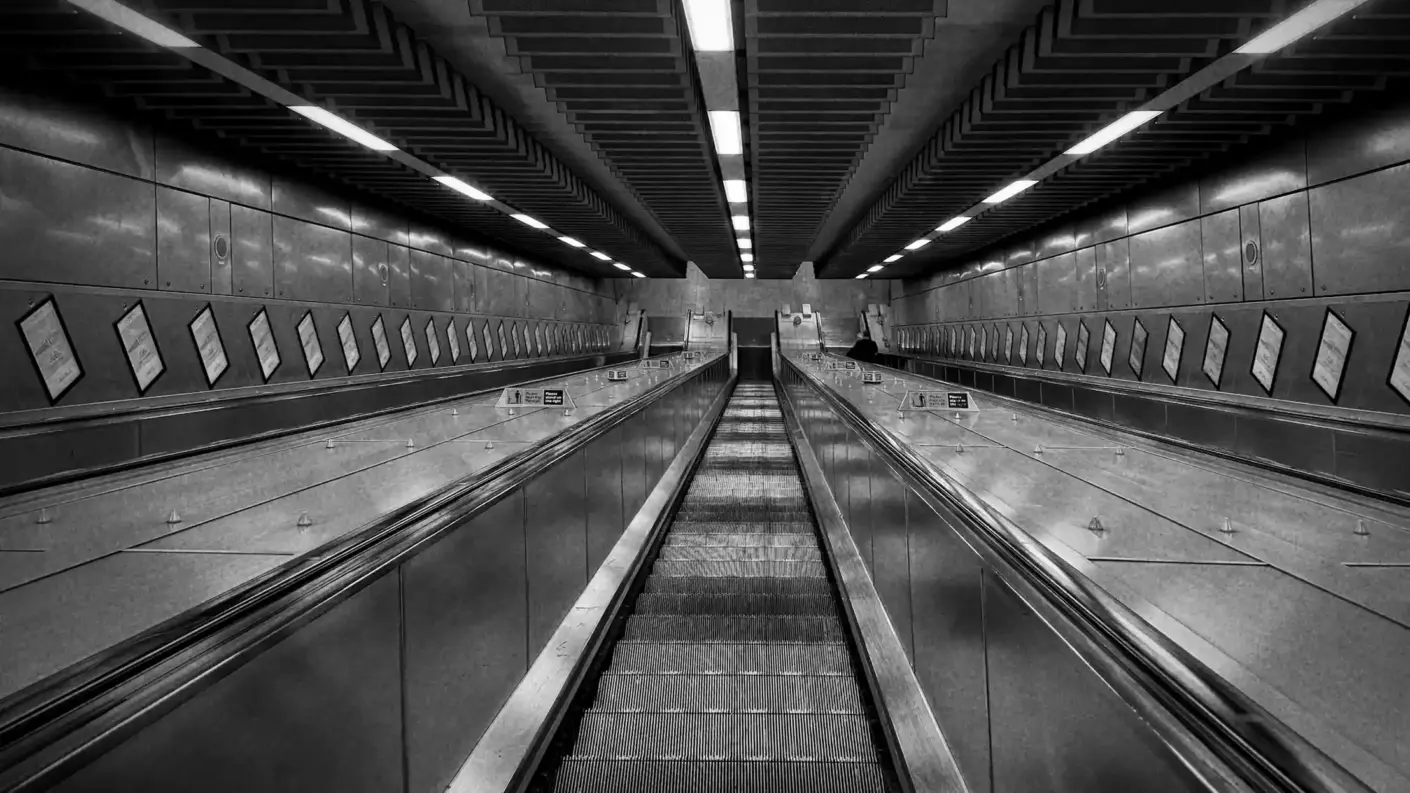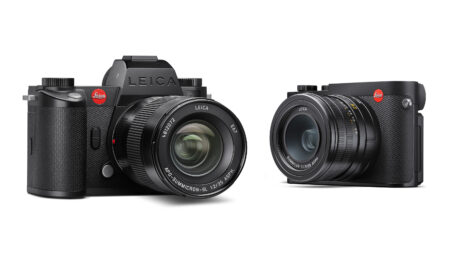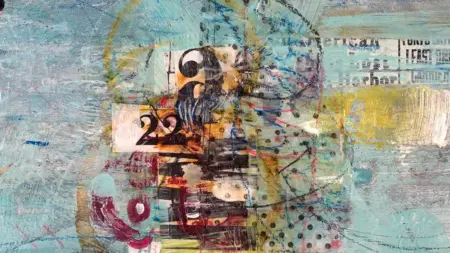Under the current climate of 4K imagery, ultra-sharp cameras and sensors capable of catching eye-watering detail, you’d be forgiven if the earlier iterations of digital photography and the features that came with them have left your mind.
From highly compressed images to grainy bitrates, some of those defining characteristics of early digital photography are digital artifacts that many enthusiasts are bringing back or trying to emulate. Recent trends in photography have shown something of a return to this simpler aesthetic, and therein lies much of its appeal.
Photographers like Sofi Xian have played an active role in bringing the lo-fi ‘digicam’ aesthetics back into the frame, highlighting the beauty of chromatic aberrations and visual noise that only a camera from two decades ago could bring.
Cameras like the Lumix FX150, the Kyocera Finecam S3 and the Canon PowerShot G2 have made something of a comeback thanks to their exposure on social media and affordable pre-owned availability. The aforementioned S3, for example, can be purchased online for less than £20, highlighting how accessible this style of photography can be, particularly at a time of economic uncertainty.
Why Imperfection Feels More ‘Real’ in 2025
In a world where every image seems to be getting sharper and more concise thanks to higher megapixel counts, and every camera seems to come with more and more buttons, it is no wonder that many visual enthusiasts wish to recapture a simpler aesthetic. After all, many photographers have long argued that there is a beauty in simplicity, and it would seem some have found that in a 3-megapixel camera.
Those that are old enough will recall the early days of photo and video sharing platforms like YouTube and Flickr, and the heavily compressed look they gave your images thanks to the now-archaic technology they once employed.
Though of course, a large part of this was due to the cameras themselves, which were significantly less powerful than the ones we’ve become accustomed to. But the imperfect nature of these images is also a factor that seems to be appealing for many.
Perhaps this too is unsurprising, as so many photographers do not practice the craft as a profession, but as a means of creative expression. By deliberately peeling away the ultra-polished and somewhat sanitised surface of today’s imagery, photographers like Xian for example, have found a style that is not so much limiting, but creatively liberating.
Adding Grain and Texture: In-Camera vs post-production
It is no secret that the highlighting factor of traditional film stock is its signature grainy texture. Immediately, it gives the image a certain warmth and timelessness that can be difficult to achieve in other formats. For years, many have tried to replicate this look whilst using digital cameras, but thanks to hardware developments, today it is a lot easier to capture that classic ‘film look’.
There are several in-camera methods you can use to achieve this effect. Typical methods include increasing ISO, underexposing, or just playing around with camera settings to create a natural noise-like texture. Even shooting in low light helps to bring out a ‘natural’ digital grain. Keep in mind however, that if you do decide to use this method and are not happy with the results at a later time, it can be very difficult and time-consuming to remove in-camera grain from your images.
Alternatively, you can simply add grain to your photos and videos in post-production. This method is preferable for several reasons. Firstly, post-production allows much greater creative control. You can either add grain in the programme itself as most editing platforms have built-in features that will allow you to do this, or you can add a separate grain overlay in the form of a video or image.
Secondly, assuming you are working of your own accord, you are free to take as long as you like to experiment with grain in the editing programme, while if you were trying to capture the look in-camera, you may have a limited amount of time to achieve the results you are aiming for due to elements like daylight, weather and travel commitments. There are even editing suites that specialize in helping you to apply classic film and darkroom effects while also offering modern digital editing tools
A great example of this is Exposure X, which functions both purely as a standalone application or as a plugin for programs like Lightroom and Photoshop, meaning it can be tailored to your needs and is therefore highly suitable for various editing projects. It boasts a great range of editing presets, borders, grain, light leaks, and film simulations to replicate the look of analogue film, as well as advanced colour correction.
As stated, there are many modern cameras that support those wanting to capture the grainy textures associated with film photography. One such example is the X‑T50 from Fujifilm. This camera particularly excels in this departments thanks to its dedicated film simulation dial which provides no less than 20 different modes.
You can even assign custom film simulation combinations to dedicated slots or the \”C\” position on the dial. While the dial offers you instant access to these film simulations, a separate “Grain Effect” setting within the Image Quality menu will also allow you to hone in on the grain’s size (either small or large) and roughness (either weak or strong) by adding a customizable texture to your images for that classic film look.
Juxtaposing Imperfection with Sharp Detail
Juxtaposition is a keyword in the world of film and photography, and it can be used to great effect. One way to do this would be to present your video or photo in ultra-high fidelity (4K) and add digital overlays like film grain, dirt and celluloid scratches. This can result in captivating imagery, providing a sharp image contrasted with filmic textures for a rich finish.
When to Use—or Avoid—Artefacts in Your Work
Deciding when to use or avoid digital artefacts in your photography work can be a tricky area to navigate, and more often than not it will depend on the nature of the image and what your overall aim is. For example, if you were editing a portfolio or showreel containing your images and footage, you would naturally want to avoid anything that could visually undermine your work.
While digital grain and light leaks can create unique effects, in a professional context like this they are better off avoided. If, however, you wanted to create more experimental photo and video, or were simply trying to achieve the desired look, then digital artefacts, grain and chromatic aberrations could well enhance your image.





Leave a Reply
You must be logged in to post a comment.